May
Pinhão are very abundant in May, but collecting from the ground results in some wormy ones, which can spread to others in the bag so collecting from the ground is best done in April. However, we learned how to collect them from the trees when Candido, his wife Celia and some of their friends came to visit this month in 2013. After some coffee we all went into our small forest to collect Pinhão from the Araucária trees which are very common around here. The Pinhão nut is very similar to a Chestnut in texture and flavour. The way to get them is to climb up the tree with a long stick and prod all the fruits that are ready so that they break open and all the nuts (often a hundred in each fruit) pour to the ground. The trees are very tall and have no branches for the first ten metres or so and the trunks are too wide to reach around, so the climber uses a rope and special boots to climb the tree as shown below.
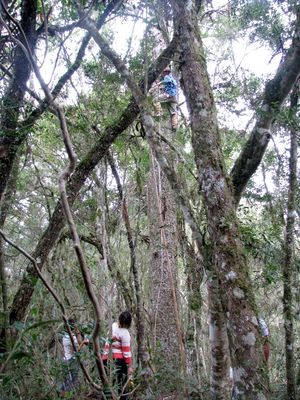
|
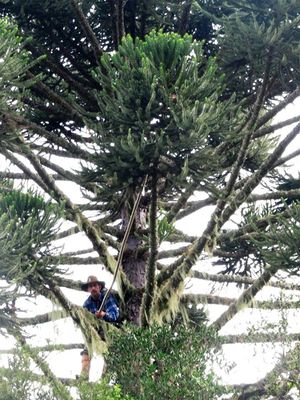
|
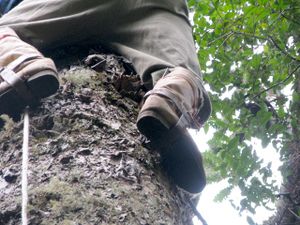
|
We put our Pinhão in the fire and after a minute or so they pop and the outside cracks indicating that it's ready to take out and eat :-) They're very similar to pine nuts, in fact many people don't know the difference, for example the English wikipedia article for pine nut links to the Pinhão article in the Portguese Wikipedia. The normal pine nut is called "Pinha" which comes from a pine tree (Pinheiro), and "hão" on the end of words means "big", so Pinhãos are big pine nuts :)
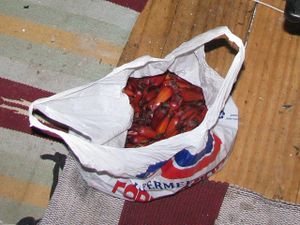
|
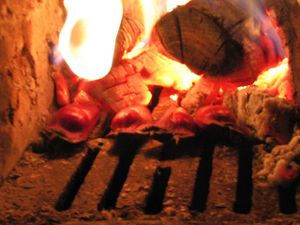
|
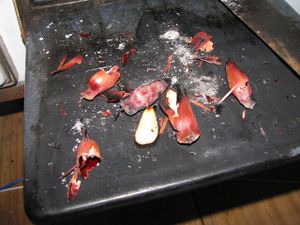
|
The weather
The sun is about 45 degrees high in the north at midday, and it doesn't come into our west window at all. It's been quite dry and the river is quite low. It's still quite hot during the day in the sun, but it gets really cold at night and sometimes there's quite a frost in the mornings.
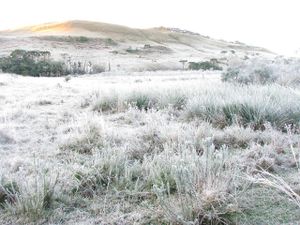
|
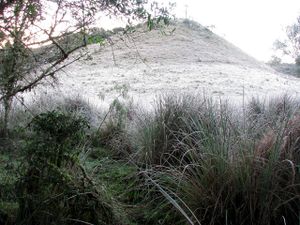
|
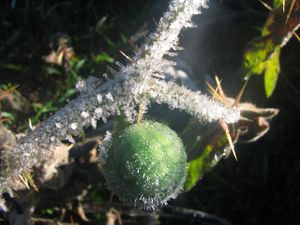
|
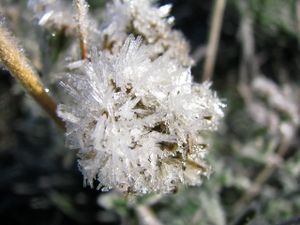
|
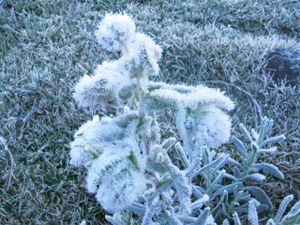
|
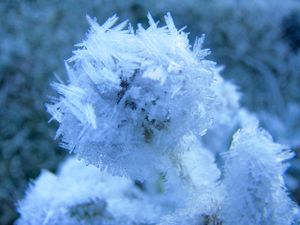
|
The vegetables
The weakest plants were the kumara, basil, lettuce, tomatoes, spinach, beetroot and pumpkin which all died after a few days of frost. Carrot, kale, brokerly and peas survived but only just. Radish, parsley, rosemary and spring onion were strongest and didn't have any problem with the frost.
The cows got in to the vegetable garden but we found that they don't seem to like any of our vegetables at all and didn't harm anything!
Garlic is very resistant to frost and it's a good time to plant them - their worst enemy is us because we stepped on them all :-(








